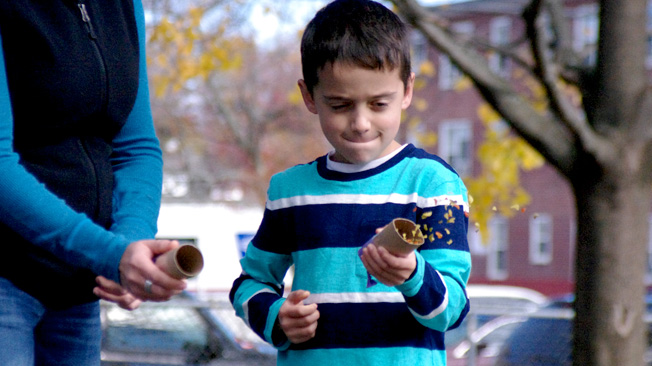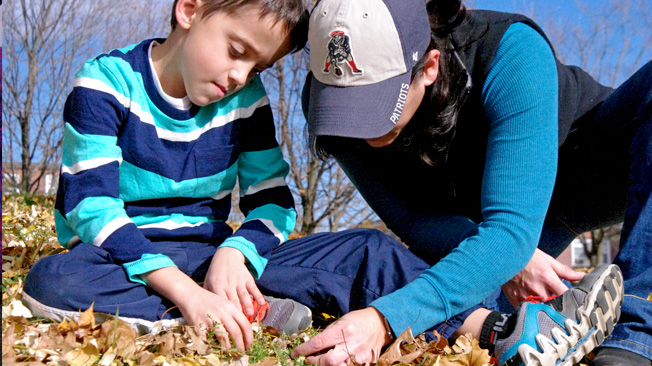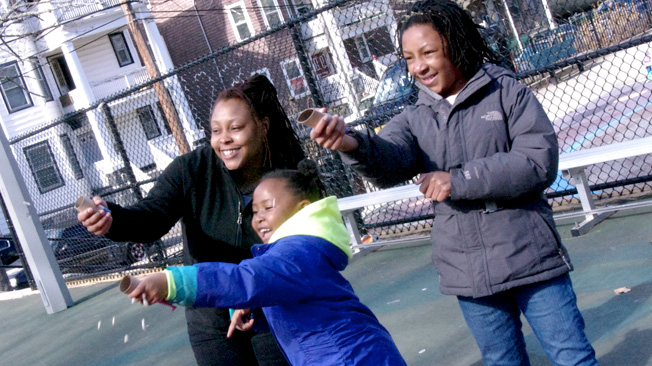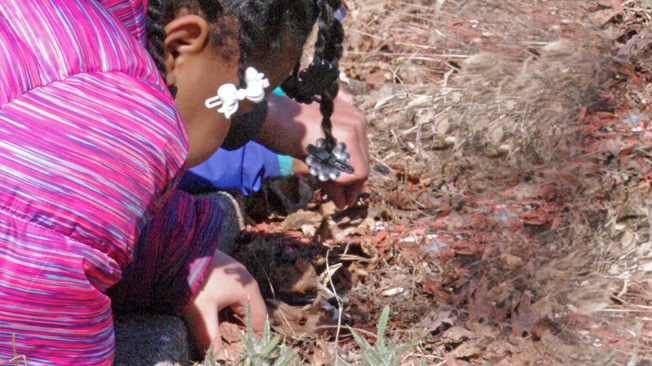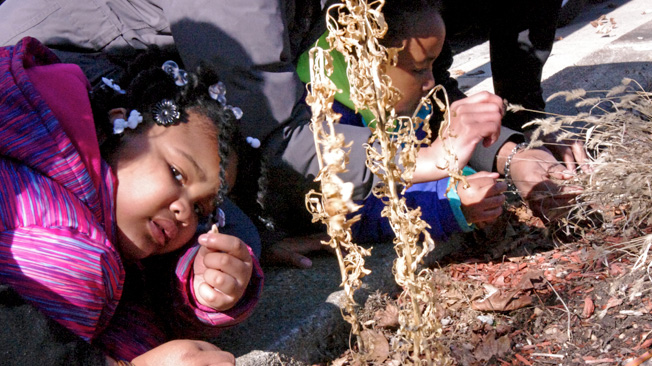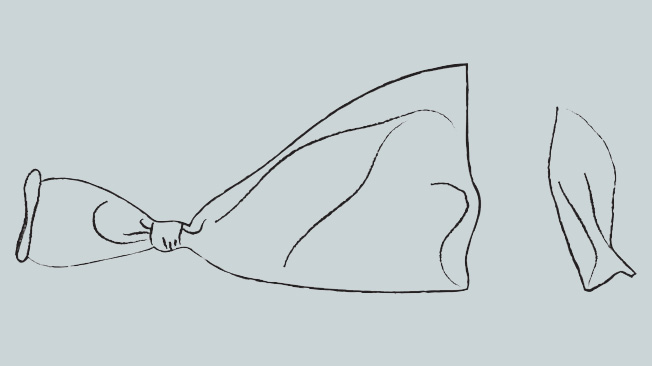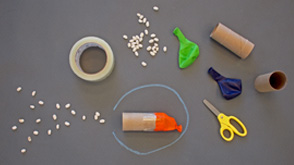Seed Blaster
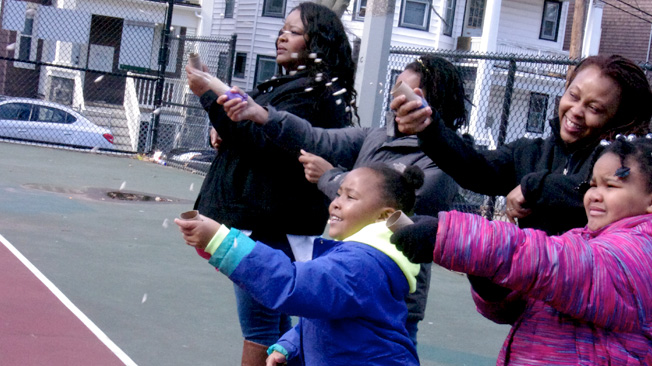
What Is This Activity?
Plants can't travel, so how do they spread their seeds? You and your child make a model of one powerful strategy: seed pods that explode!
Introduction
Go Outside 45 minutes
- Are you or your neighbors growing one of these plants: pansies, geraniums, California poppies, impatiens, squirting cucumbers, violets, lilacs, or lupines? If so, look for seed pods—make that exploding seed pods! With permission, open a pod to look at its structure and seeds.
- Wonder aloud: Exploding? So the pods suddenly burst open and shoot their seeds like bullets? How do they do that? Why do they do that?
- Explore these questions with your child by making two Seed Blasters. Click through the photos above to see illustrations for making the Seed Blasters.
- Tie off the neck of a deflated balloon.
- Cut off the tip of the balloon.
- Wrap the balloon around one end of a toilet-paper tube. Be sure it's snug.
- Tape the balloon firmly in place.
- Walk to a park or green space. On the way, look for flowers or trees and ask your child to think about: How far does this plant's seeds need to travel to find soil? What if the seeds land on solid pavement? Or in a place that's shady all the time? (They can't grow into plantswithout soil, nutrients, water, and light.)
- Hold a Seed Blaster Contest: Sprinkle peas or other small items into the balloon and pull back the balloon as far as you can. Let go of the back end! Who can blast seeds farther? Can your child jump as far as the seeds travel? Or run faster than the seeds fly?
- Discuss: Plants in cities and towns are often surrounded by pavement. How could you improve the Seed Blaster's range to have a better chance of the seeds landing on soil? (Lighter-weight seeds, super stretchy balloon, blast in the direction of wind, etc.)
- For older or more mature children: Challenge them to test and improve the design.
- Wonder aloud: Where is the "balloon" on the exploding seed pods? Explain that the walls of the pods tighten as they dry up, building up tension. A hot day or a touch makes them spring open with force.
- Ask your child to name other ways plant seeds get to new places to grow. (Blown on wind, float on water, stuck to animals like squirrels or bees, animals eat and poop out the seeds)
Explore Some More
Helicopter Seed Toys
How else do plants spread seeds? Use the "Helicopter Seed Toy" handout, scissors, and a paper clip to make models for wing-shaped seeds that twirl like helicopters—maple seeds, for example. Set up some outdoor contests: How far can the seed toy travel before landing? How long can it stay in the air when dropped from a height? Climb stairs or find something safe to stand on, like a park bench. Drop the seed toy and count the seconds until it lands. Have your child run the distance the seed travels as you drop or toss it.
Slow-Motion Explosion
If you have Internet access, search for "exploding seed pods" to find and watch a nature video. The Smithsonian Channel has a slow-motion video of several exploding seed pods on YouTube, for example.
Outdoor Family Fun with Plum App
This app gets families outdoors exploring the world. Every day, the app offers five outdoor missions to get everyone thinking and talking about nature and the science that's all around us.

